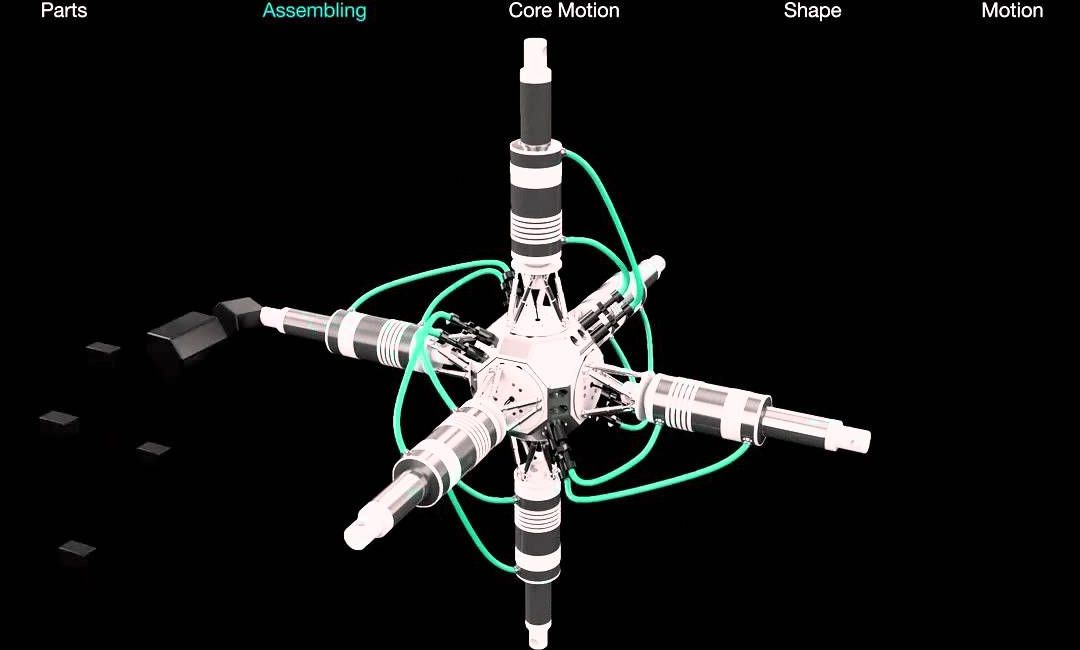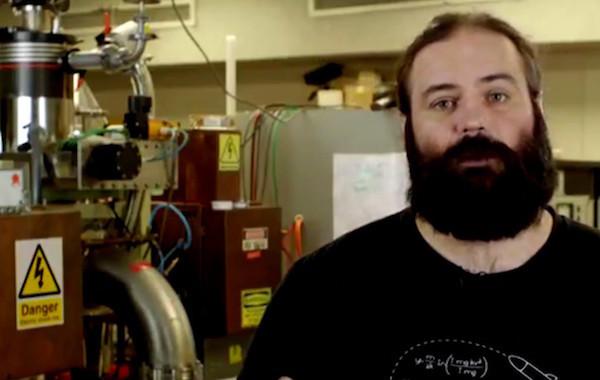Page 4004
Oct 10, 2016
Sterling’s Flash Crash was long overdue—and there will be many more
Posted by Amnon H. Eden in categories: computing, information science, robotics/AI
Researchers at Sapience.org foresee market instability intensifying by the computer trading ‘arms race’
FOR IMMEDIATE RELEASE
Last Friday the sterling has experienced a dramatic, ultrafast crash. It lost 10% of its value in minutes after the Asian markets opened — a decline usually reserved to declarations of war, major earthquakes and global catastrophes — and bounced right back. Although the affected exchanges are yet to release the details, computer trading algorithms almost certainly played a key role. Just like the 2010 Flash Crash, yesterday’s event is characteristic to Ultrafast Extreme Events[1]: split-second spikes in trade caused by ever smarter algorithms razor-focused on making ever-quicker profits. But the arms race is only likely to intensify as computing speed accelerates and AI algorithms become more intelligent.
Continue reading “Sterling’s Flash Crash was long overdue—and there will be many more” »
Oct 9, 2016
“It’s a Powerful Time to Reshape Healthcare Across the Planet”
Posted by Elmar Arunov in categories: biotech/medical, neuroscience, singularity
We are living in a world that is global and exponential. Technology is taking things that used to be scarce and making them abundant—and these forces are reshaping the fields of medicine and healthcare in completely novel ways.
Opening this year’s Exponential Medicine conference in San Diego, Daniel Kraft, the curator of the conference, and faculty chair of Medicine and Neuroscience at Singularity University, took the audience on a whirlwind tour of the latest developments in healthcare and medicine.
Continue reading “‘It’s a Powerful Time to Reshape Healthcare Across the Planet’” »
Oct 9, 2016
Робот Федор Едет На Работу в Фонд Перспективных Исследований
Posted by Elmar Arunov in category: futurism
Oct 9, 2016
The Spooky Secret Behind Artificial Intelligence’s Incredible Power
Posted by Elmar Arunov in category: robotics/AI
Deep learning neural networks may work so well because they are tapping into some fundamental structure of the universe, research suggests.
Oct 9, 2016
Merck Leads as Lung Cancer Treatment Moves Beyond Chemotherapy
Posted by Shane Hinshaw in category: biotech/medical
Lung cancer treatment is moving beyond chemotherapy, with Merck & Co. setting the pace in a new category of therapies that harness the body’s immune system to fight tumors.
The U.S. drugmaker’s drug Keytruda reduced the risk of death or cancer progression by 50 percent, Merck said, unveiling details of a crucial study at a meeting of the European Society for Medical Oncology. The medicine gave patients an average of 10.3 months before their cancer progressed, compared with six months on chemotherapy. Unlike competitor Bristol-Myers Squibb Co., whose similar drug Opdivo failed in an advanced trial and caused its stock to plunge, Merck selected patients who harbored high levels of a protein thought to predict how well the immune-system drugs will work.
The results give Merck a head start — and not just on Bristol-Myers. Roche Holding AG and AstraZeneca Plc are also in the race for the best new immune therapy against lung tumors, the most common cancer in the world. Doctors will probably start testing patients soon after diagnosis to see whether they’re suited to treatment with Keytruda and can forgo the many side effects of chemotherapy, said Stefan Zimmermann, a chief oncologist at the Cantonal Hospital of Fribourg, Switzerland.
Continue reading “Merck Leads as Lung Cancer Treatment Moves Beyond Chemotherapy” »
Oct 9, 2016
A Russian Scientist Injected Himself With 3.5-Million-Year-Old Bacteria
Posted by Shane Hinshaw in category: life extension
People have been hunting down the legendary fountain of youth since antiquity. Does it exist? Could it ever, even theoretically, exist? A Russian scientist named Dr. Anatoli Brouchkov believes it’s out there, and he thinks he found it in 3.5-million-year-old bacteria. So what does Dr. Brouchkov do next? Inject himself with it, of course.
The bacteria, Bacillus F, was discovered in Siberia in 2009. The bacteria was at once impressive because, despite being roughly 3.5 million years old, it was alive in Siberian permafrost. Brouchkov believes there is a mechanism in this bacteria that allowed it to stay alive in the frost for millions of years. Hey, if bacteria can do it, so can we, right? Who knows, but Dr. Brouchkov was eager enough to experiment with that thought to inject himself with the stuff. Though it’s hard to say if the bacteria “worked” to make the scientist immortal, Dr. Brouchkov claimed in 2015 that he’s feeling better than ever. Only time will tell the rest of his story… Hear more about the unbelievable tale in the video below.
Has he found the fountain of youth?
Continue reading “A Russian Scientist Injected Himself With 3.5-Million-Year-Old Bacteria” »
Oct 9, 2016
Flipboard on Flipboard
Posted by Shailesh Prasad in categories: robotics/AI, transportation
California’s department of motor vehicles said late on Friday the most advanced self-driving cars will no longer be required to have a licensed driver, if federal officials deem them safe enough.
The regulator released a revision of draft regulations that opened a pathway for the public to access self-driving cars, prototypes of which automakers and tech companies are testing.
The redrafted regulations will be the subject of a public hearing on 19 October, in Sacramento.
Oct 9, 2016
A Train Into Space? Startram Project Could Make Colonizing Mars Easier
Posted by Andreas Matt in category: space travel

There has been a lot of talk recently about reusable rockets and asteroid mining making space travel cheaper, but a proposed idea for a maglev train into space might be the real answer.
Using existing maglev technology, the Startram project proposes to launch people and cargo down a 1,000-mile long tunnel 12 miles high at 20,000 mph using a superconducting cable.
Continue reading “A Train Into Space? Startram Project Could Make Colonizing Mars Easier” »
Oct 9, 2016
How an Australian College Student Did What NASA Couldn’t
Posted by Andreas Matt in categories: innovation, particle physics
Paddy Neumann kind of looks like someone who’s really into brewing beer. But back when he was a third year student at the University of Sydney, the now Dr. Neumann started on a course of experimentation that would see him beat innovations by NASA’s top scientists.
For his final research project, Neumann was working with the university’s plasma discharge, mapping the electric and magnetic charges around it. He noticed the particles moving through the machine were going really fast. In fact, they were clocking in at around 14 miles per second.
“I looked at my numbers from that final year project and thought, You could probably make a rocket out of this,” he says. Particularly when you consider that conventional hydrogen-oxygen rockets only get around 2.8 miles per second.
Continue reading “How an Australian College Student Did What NASA Couldn’t” »


















